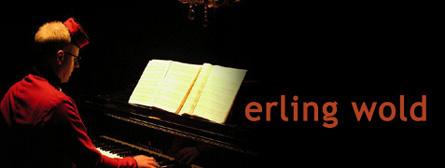
 Nazi exploitation films such as Ilse, She Wolf of the SS fueled my youthful groping endeavors, and similar imagery has tentacles throughout American culture, including the "Men's Adventure" pulp fiction post WWII, but the weirdest and most Freudian-ly complex conjunction is the immense popularity of the Stalag among Israelis of the second generation post Holocaust, a "peculiar Hebrew concoction of Nazism, sex and violence," no doubt bred in large part by the Israeli culture's repression of the horrors of recent past. In these books, the protagonists are typically Allied soldiers who act out a series of power exchange exercises with jackbooted female SS-Helferin, ending in a rape-snuff orgy where evil gets its due.
Nazi exploitation films such as Ilse, She Wolf of the SS fueled my youthful groping endeavors, and similar imagery has tentacles throughout American culture, including the "Men's Adventure" pulp fiction post WWII, but the weirdest and most Freudian-ly complex conjunction is the immense popularity of the Stalag among Israelis of the second generation post Holocaust, a "peculiar Hebrew concoction of Nazism, sex and violence," no doubt bred in large part by the Israeli culture's repression of the horrors of recent past. In these books, the protagonists are typically Allied soldiers who act out a series of power exchange exercises with jackbooted female SS-Helferin, ending in a rape-snuff orgy where evil gets its due.In reality, of course, female guards and the few women that formally made it into the SS did not wear leather Nazi-chic fetish uniforms and those that were most sadistic, such as the notorious Dorothea Binz, later hanged by the British, were of the typical 'banality of evil' type, enjoying the corruption of power over life and death that affected so many ordinary German maids and ticket-takers and accountants, and existing in a netherworld of horror and brutality and filth, hardly the supervillians of such masturbation fodder. But such tidy sexualization of horror is common, clearly the most common progenitor of the grindhouse genre. The best-selling Hebrew novella House of Dolls, linked by some to the rise of the Stalags, which purports to tell the true story of Jewish women forced into prostitution in the camps is marketed as an exposé, but veers dangerously close to pornography in its explicitness. And, maybe even more dangerous is that fact that such ill-supported notions, carried forward into other cultural objects including the Dirk Bogarde and Charlotte Rampling vehicle The Night Porter, tend to blame the survivor of the horrors, villifying them for their toady collaboration with evil.





No comments:
Post a Comment